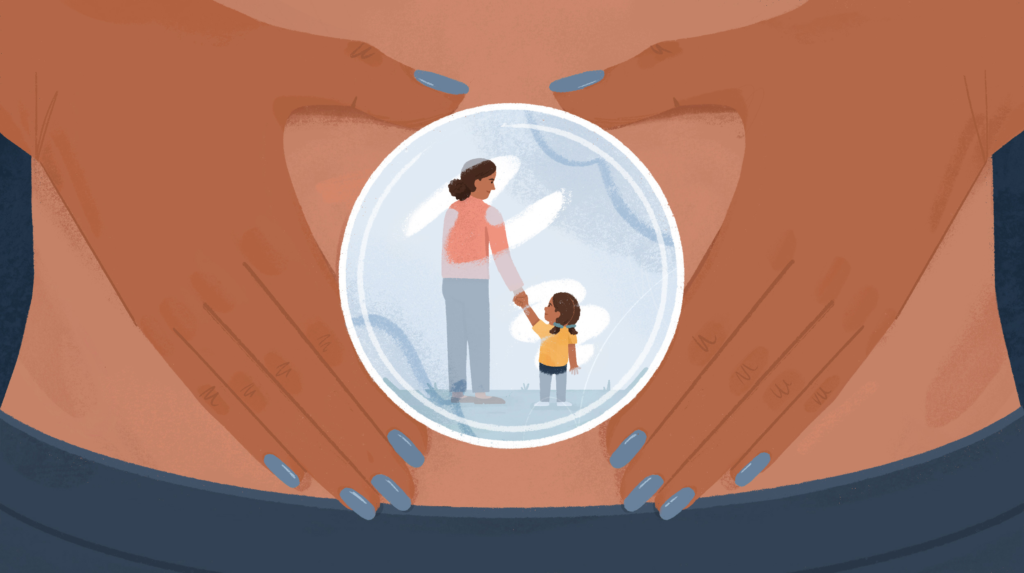
March 03, 2020 at 01:00PM by CWC
I never trust anyone with a Cheshire grin, smiling ear to ear with an alarmingly devilish glint in their eyes, because those are the kind of smiles that get people swindled, deceived, or even heartbroken. That’s why I’m often left confused when I hear people talk up how forcing a smile can boost your happiness or fuel your workout, that smiling makes the world go ’round, and that a smile is basically a hug in mouth form. As it turns out, my confusion makes sense, because there are actually several types of smiles, and not all of them are of the objectively pleasant variety.
Research has found that there are three types of smiles—smiles of affliction, smiles of reward, and smiles of dominance—and many more strains fall under those bigger umbrellas. “Smiles of reward are the same as smiles of affiliation; they are just positive smiles,” says body language expert Patti Wood. “Smiles that show dominance are complex, and can easily be seen as acquiescing.” To get more detail about what constitutes these main types of smiles, below Wood describes each.
Affiliative smiles
Affiliative smiles denote happiness and friendliness without the person displaying one having reacted to anything in particular. It’s the smile someone makes when, after a long day at work, their Bernese mountain dog greets them hello at the door. This is a smile of camaraderie that communicates a general sense of good-naturedness and understanding of trust—it’s called “affiliative” because it serves as a nonverbal connector.
“Affiliation smiles run the gamut from flirting-seductive smiles to matching smiles, which is where one, a pair, or a group smiles, and others mimic it in breath, curve, and placement.” —Patti Wood, body-language expert
ADVERTISEMENT
ADVERTISEMENTKate Spade Autumn/Winter Sale |
“Affiliation smiles run the gamut from flirting-seductive smiles to matching smiles, which is where one, a pair, or a group smiles, and others mimic it in breath, curve, and placement,” Wood says.
Smiles of reward
“Rewarding smiles differ from affiliation smiles mostly in the timing,” says Wood. “The smile comes after the desired or good behavior, or as it’s occurring.”
Visually, Wood says, smiles of reward can present in a number of ways. It could be a fully animated smile, with teeth showing, mouth corners turned up, brows lifted, and eyes crinkled deeply. Or it could be a subtle, Mona Lisa smile—small, close-mouthed and sleepy, conveying, “thank you for bringing me coffee, babe.”
A smile of reward is essentially a thank you, and it’s also usually one worth trusting.
Dominant Smiles
Dominant smiles, as you could probably guess, convey power and control. And, like affiliative and reward smiles, dominant smiles can vary in delivery.
“You can have ‘the joker,’ which is full clown, all teeth showing, lip back, head back, chin held high, or head jutting forward to attack you with the smile,” says Wood. “You can have the ‘angry and attack’ smile, which is mouth open and front teeth bared, but eyes focused and energized, with eyebrows furled in, toward the bridge of the nose.”
There’s also the ‘strike’ smile, where the head tends to tilt, and the arm comes up, to attack, in a sense. This is displayed with tight lips, narrowed and pulled back, and with eyebrows showing a glint of pleasure. “There’s even a dominant form of smile in the sneer, when one side of the mouth goes up, the other goes down, and the person believes they are hiding something from you. They feel the power of their secret,” says Wood.
So while there are plenty of affable, inviting, and authentic smiles, a crucial component of identifying them is paying attention to context. Because, hot tip, if you can count the molars in someone’s head, definitely beware, because dominant smiles? Not always so happy and wholesome.
By the way, crossing your arms is getting a self-soothing rebrand as a self-hug. And this one simple gesture will make you appear way more agreeable in conversation.
Author Mary Grace Garis | Well and Good
Selected by CWC

ADVERTISEMENT
ADVERTISEMENTUp to 30% off Gift Sets |







